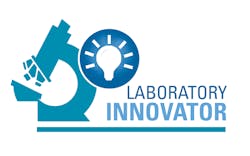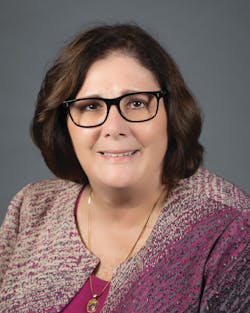Whose idea was the Common Sprit Reference Lab, and what kind of lab background and/or experience did this person/group come from? How did the Reference Lab grow into what it is today?
What was the primary impetus for the creation of the Common Sprit Reference Lab – to assist in the processing of COVID-19 tests or to provide an organized repository for patient EMR and data?
The primary goal was to have testing capacity. Vendors in the United States still have serious restrictions on high throughput, PCR testing and the testing platforms. We could not buy 140 high-throughput analyzers. Not just from a cost and space limitation perspective, but the vendors do not have that many units to sell. Putting 10 analyzers in one space made the most sense to reach the capacity we felt we would need. Having a single data repository was not an issue.
Since the Reference Lab opened in September, how many tests (COVID-19-related and non-COVID-19-related) were expected to be processed, and how much of that became a reality?
We have the capacity to perform 10,000 tests per day. We are not at that volume yet. We slowly brought on all the CommonSpirit hospitals and are now expanding to our ambulatory clinics and home health departments, and we have the potential to test employees when needed.
Could you address the range of tests performed, turnaround times, cost-effectiveness, and so on?
The tests performed include PCR COVID and will include influenza A/B. Turnaround time is 5 hours from receipt of a specimen and 36 hours from collection. Our in-house test cost is 40 percent of the cost of a commercial lab.
What stage is the Reference Lab at now in terms of expected services and staffing? What is the next step in the growth of the Lab?
Staffing is at about 95 percent, and that is adequate for the current level of testing. We will be expanding our test menu to include influenza A/B testing, which will be offered as a combination test with SARS-CoV-2. We are still adding orders and results interfaces to support our internal patient needs.
Looking at the post-pandemic future, what new daily services will the Reference Lab provide?
We are in the process of planning for testing to support CSH Precision Medicine Programs. The majority of this testing is referred out to external labs. Insourcing that testing will reduce our costs. The Precision Medicine Alliance will offer patients from our health system faster and more accurate diagnostic and treatment protocols based on their genetic and molecular profile information. Conventional wisdom suggests patients suffering from the same condition should be treated with the same therapy.
Science now tells us that the efficacy of one-size fits all for medications and therapies varies by patient because each person has a unique DNA that responds differently to prevailing treatments. We will use the latest technology, especially in genomic sequencing, to deliver the right care to the right patients, quickly and efficiently. Through the use of genomics for diagnosis and treatments, a new degree of precision will identify the most effective treatment and/or clinical trial for each patient, as well as those treatments that would potentially be ineffective or harmful.


